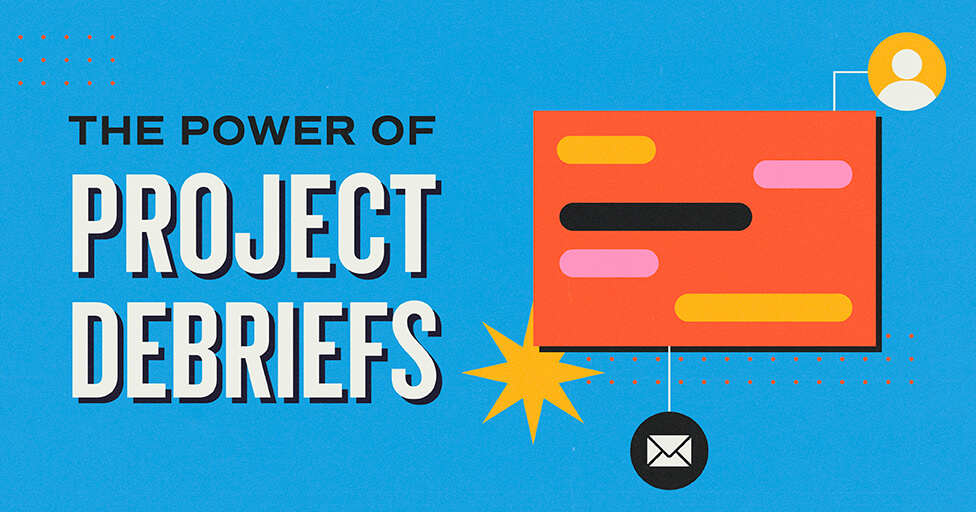
If you work in the digital design field, it’s likely you’ve heard the term “wireframes” before. Wireframing, like creative production and sitemap generation, is an integrative step in the overall digital design process. Specifically, wireframing is most important when designing a website, mobile application, or another digital piece with multi-faceted screens and functionality. There are many useful traits that the creation of wireframes lends to any digital project.
To begin, what are wireframes?
Admittedly, wireframes are in no way the sexiest part of the design process. For a long time, I was less than thrilled about creating wireframes when beginning a new project. However, over the years and after creating many wireframes, I’ve developed a definite respect for wireframing, and I’m happy to report I no longer dread constructing them. The value they contribute overall to any given project or product can’t be overlooked or underestimated.
A wireframe is essentially a skeleton blueprint for a design. Generally, wireframes focus on the overall structure of a design or interface, use only a minimal amount of color, and do not use images. Usually, wireframes are produced digitally, although sketching on paper with pen or pencil can be effective as well. Wireframing has come a long way over the years. While some designers argue that wireframing is obsolete, I humbly disagree. Let me explain.
Wireframes save time.
Including a wireframe in your design process will save you time in the long run. How? In many ways, actually. For one, having wireframes of a website’s structure laid out in skeleton form assists the designer in knowing content priority and visual hierarchy before jumping headfirst into creative production. If you have wireframes first, you can run them by the client, establishing an organized idea of structure and functionality. This should happen before the designer spends hours pumping out designs that may or may not fit the client’s needs. The more information you have, the clearer your vision for the end product will be.
For this reason, wireframes also assist in generating clear, concise sitemaps, which are crucial to the user experience. Having a concrete sitemap as a basis to work off of takes out the guessing of navigation and usability, allowing the designer to focus on user behavior on the website. This lends itself to creating a more functional experience for the end user.
Wireframes don’t need to be pretty.
In fact, it’s almost better if they aren’t. As mentioned previously, wireframes should include only very minimal use of color, being built predominately of lines and geometric shapes. They truly are a blueprint. Including actual images, which inevitably invoke some sort of emotional reaction, can throw the client off.
Instead, the client needs to focus on what the wireframes really represent: general structure, functionality, user behavior and hierarchy of elements. Fonts should be kept simple for this same reason: to dissuade from distracting from the bottom line. Wireframes are intended to generate feedback from your client, enabling conversations that will help determine things like:
- What content is most important?
- What features do we want to highlight first and foremost?
- How will our target audience use this product?
These are just a few questions that can help you produce quality products that don’t confuse or alienate your end user.
Wireframes give your client a visual clue to the end product.
If the website you’re building has a lot of content, your sitemap may be quite large. In creating wireframes, you can help illustrate visually to the client how the website will function. Do you really need to dedicate an entire page to company history? Or can it live within the content of the ‘About Us’ page? Would it be better displayed as a visual, interactive timeline, or static text?
When your client is looking at a bare-bones sitemap, it can be confusing. While a sitemap is extremely important in its own right, building out several wireframes can help trim unnecessary or redundant content. Overall, this helps improve the user experience of the final product. And having seen the skeleton of the website, your client has a better idea of what they’re getting out of the process.
All in all, wireframes help provide a solid foundation for creative production to work from. Need help getting started? Let’s talk!
Subscribe to our newsletter
Get our insights and perspectives delivered to your inbox.


